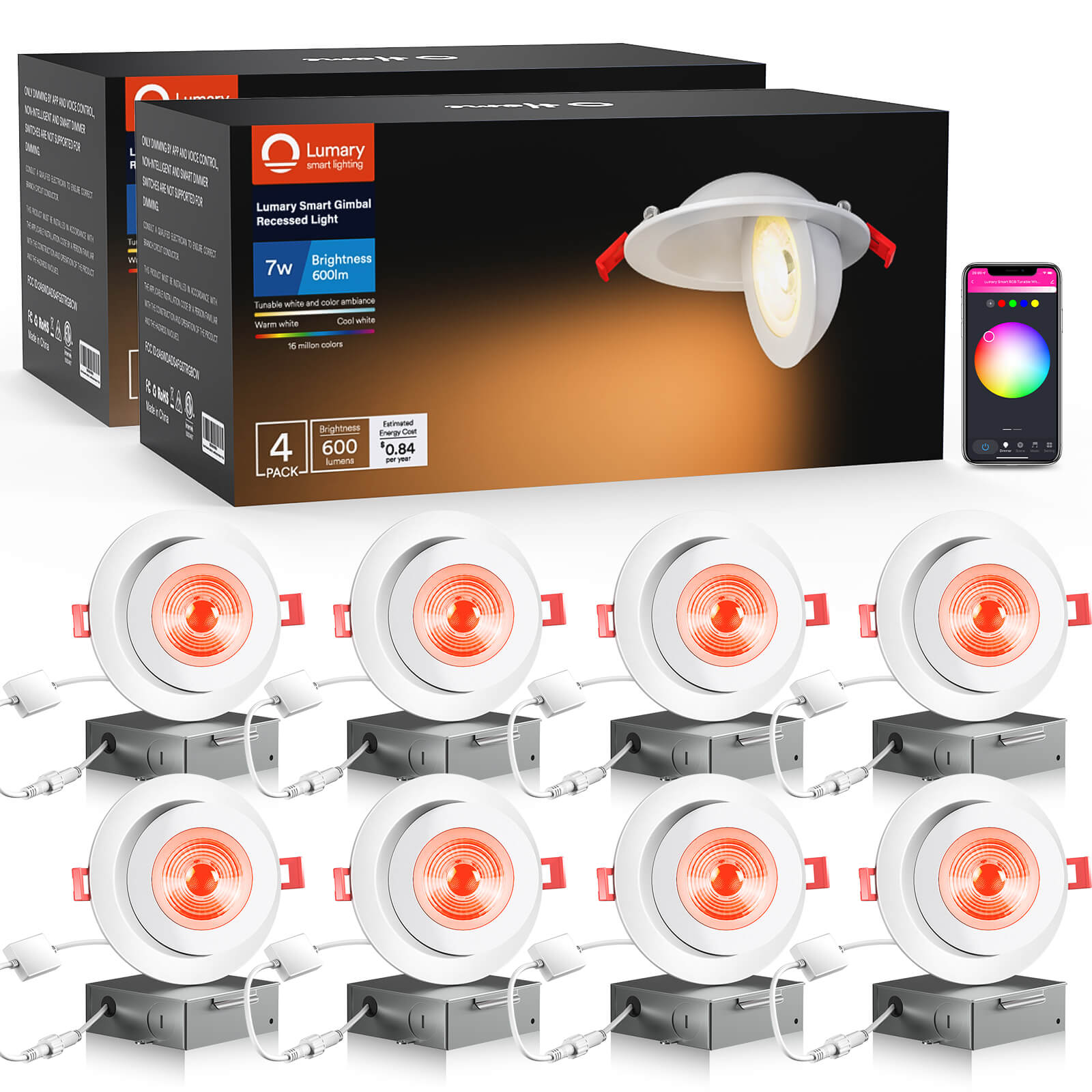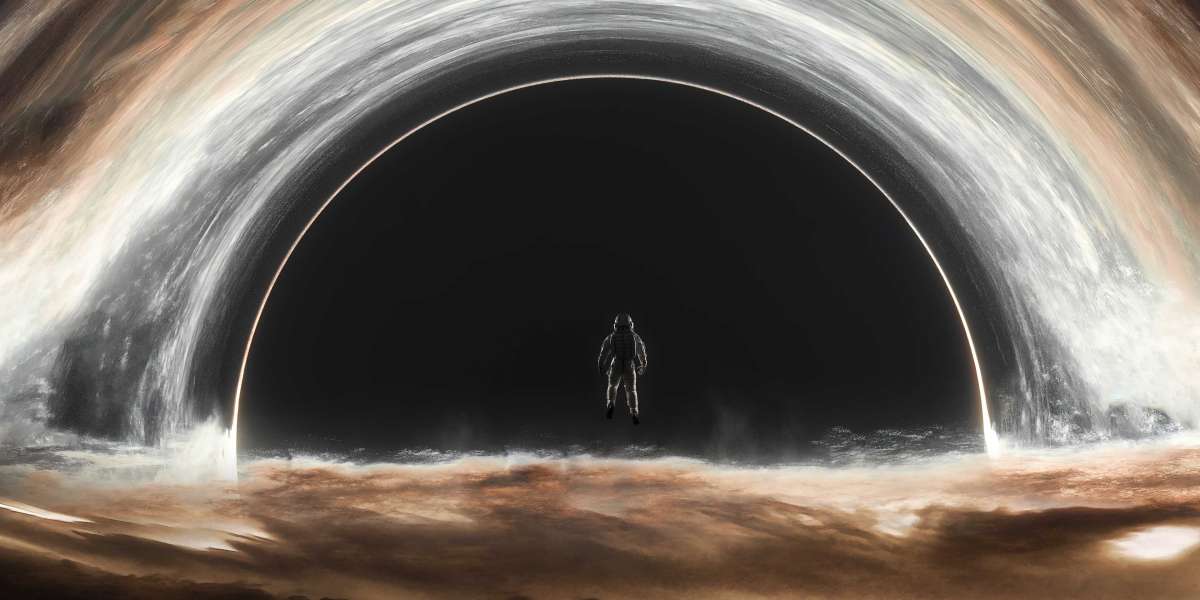In recent years, the shift towards energy efficient LED lights has gained significant momentum. As consumers become more environmentally conscious, the demand for sustainable lighting solutions has surged. But what exactly makes LED lights a superior choice for both residential and commercial spaces? This article delves into the long-term savings associated with adopting energy efficient LED lights.

Understanding Energy Efficient LED Lights
Energy efficient LED lights utilize light-emitting diodes to produce illumination. Unlike traditional incandescent bulbs, which waste a considerable amount of energy as heat, LEDs convert a higher percentage of energy into light. This efficiency translates into lower energy consumption and reduced electricity bills.
Cost Savings Over Time
One of the most compelling reasons to switch to energy efficient led lights is the potential for substantial cost savings. Consider the following:
- Longevity: LED bulbs can last up to 25,000 hours or more, significantly outlasting traditional bulbs that typically last around 1,000 hours.
- Energy Consumption: LEDs use about 75% less energy than incandescent bulbs, which can lead to a dramatic decrease in your monthly energy bills.
- Maintenance Costs: With their extended lifespan, LED lights require less frequent replacements, reducing maintenance costs in both homes and businesses.
By calculating these factors, it becomes evident that the initial investment in energy efficient LED lights pays off in the long run. Have you ever considered how much you could save over a decade by making this switch?
Environmental Impact of Energy Efficient LED Lights
Switching to energy efficient LED lights not only benefits your wallet but also the environment. LEDs contribute to a reduction in greenhouse gas emissions due to their lower energy consumption. When fewer resources are used to generate electricity, the overall carbon footprint decreases. This is particularly important as we face global challenges related to climate change.
Choosing the Right Energy Efficient LED Lights
When selecting energy efficient LED lights, consider the following factors:
- Brightness: Measured in lumens, ensure you choose bulbs that provide adequate lighting for your space.
- Color Temperature: LEDs come in various color temperatures, from warm white to cool daylight. Choose one that complements your environment.
- Compatibility: Ensure that the LED lights you select are compatible with your existing fixtures and dimmers.
By taking these factors into account, you can make informed decisions that enhance both the aesthetics and functionality of your lighting.
Conclusion: The Future of Lighting
In conclusion, the transition to energy efficient LED lights represents a smart choice for anyone looking to save money and reduce their environmental impact. With their long lifespan, lower energy consumption, and minimal maintenance costs, LEDs offer a compelling case for both residential and commercial applications. Are you ready to embrace the future of lighting and enjoy the benefits that come with it?








